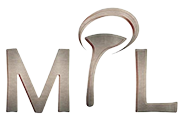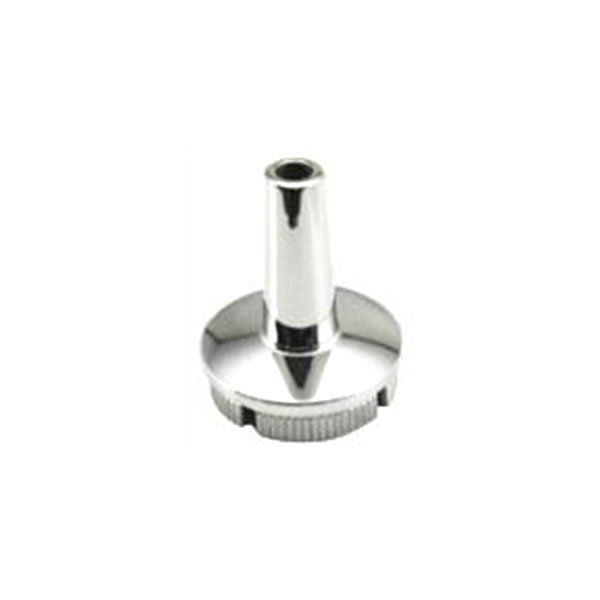Advantages of precision machining
Mar 12,2025
Precision machining refers to the processing technology that uses high-precision equipment and processes to make the dimensional accuracy, surface quality, geometric tolerances, etc. of parts reach extremely high standards. Its core advantages are reflected in high precision, high quality, high stability and multifunctional adaptability. It is widely used in aerospace, precision molds, optical instruments, medical equipment and other fields with strict precision requirements. The following are its main advantages and specific descriptions:
Precision machining refers to the processing technology that uses high-precision equipment and processes to make the dimensional accuracy, surface quality, geometric tolerances, etc. of parts reach extremely high standards. Its core advantages are reflected in high precision, high quality, high stability and multifunctional adaptability. It is widely used in aerospace, precision molds, optical instruments, medical equipment and other fields with strict precision requirements. The following are its main advantages and specific descriptions:
1. Ultra-high precision guarantees part performance
Extreme dimensional accuracy
The accuracy can reach IT5-IT3 level (tolerance range ±0.005-±0.001mm), or even nanometer level (such as ultra-precision grinder processing accuracy of 0.1μm).
Application scenarios: aircraft engine turbine blades (tolerance ±0.002mm), photolithography machine lens components (nanometer level accuracy).
Strict geometric tolerances
Straightness, flatness, roundness, etc. can reach 0.5-2μm/m, for example, the position accuracy of the hole system processed by the precision coordinate boring machine reaches ±2μm.
Application scenarios: precision mold guide pins and guide sleeves (roundness ≤3μm), medical device joint shafts (straightness ≤5μm).
Excellent surface quality
Surface roughness Ra≤0.8μm, ultra-precision processing can reach Ra≤0.02μm (mirror level).
Application scenarios: optical lenses (Ra≤0.01μm), hydraulic plungers (reducing friction and wear).
2. Processing capabilities of complex structures and materials
Multi-dimensional complex molding
Can process micro holes (diameter ≤0.1mm), deep grooves (depth-to-width ratio>20:1), thin-walled parts (thickness ≤0.1mm) and other structures that are difficult to achieve with traditional processing.
Technical support: five-axis linkage machining center (multi-faceted machining in one clamping), EDM (molding complex inner cavities).
Efficient processing of hard and brittle materials
For hard and brittle materials such as ceramics (such as Al₂O₃, SiC), cemented carbide, optical glass, etc., diamond tool cutting or grinding technology is used to avoid cracking.
Application cases: semiconductor silicon wafer cutting (diamond wire saw accuracy ±5μm), ceramic bearing ring processing.
Precision processing of composite materials
For carbon fiber reinforced polymer (CFRP) and metal matrix composites (MMC), reduce delamination and burrs through laser processing, ultrasonic vibration cutting, etc.
Application areas: lightweight structural parts for aerospace (such as carbon fiber frames for drones).
III. Stability and efficiency of mass production
Automation and consistency
Relying on numerical control systems (CNC), industrial robots and online detection (such as three-coordinate measuring machines), the size consistency of batch parts is achieved by ±1μm.
Typical scenarios: Apple mobile phone precision parts (such as aluminum alloy middle frames, batch processing tolerance ±5μm).
Integration of efficient processing technologies
Combined with high-speed cutting (HSM, spindle speed > 40000r/min), minimal lubrication (MQL) and other processes, the efficiency is 3-5 times higher than traditional processing.
Case: Precision gear processing (gear hobbing machine + gear grinding machine combination, single-piece working time is reduced by 40%).
Streamlining of process chain
Complete multiple processes such as turning, milling, grinding, and boring in one clamping (such as compound machining center), reduce positioning errors and improve efficiency.
Advantages: Processing of aerospace structural parts (reduce clamping times and improve accuracy by 60%).
PREVIOUS:






